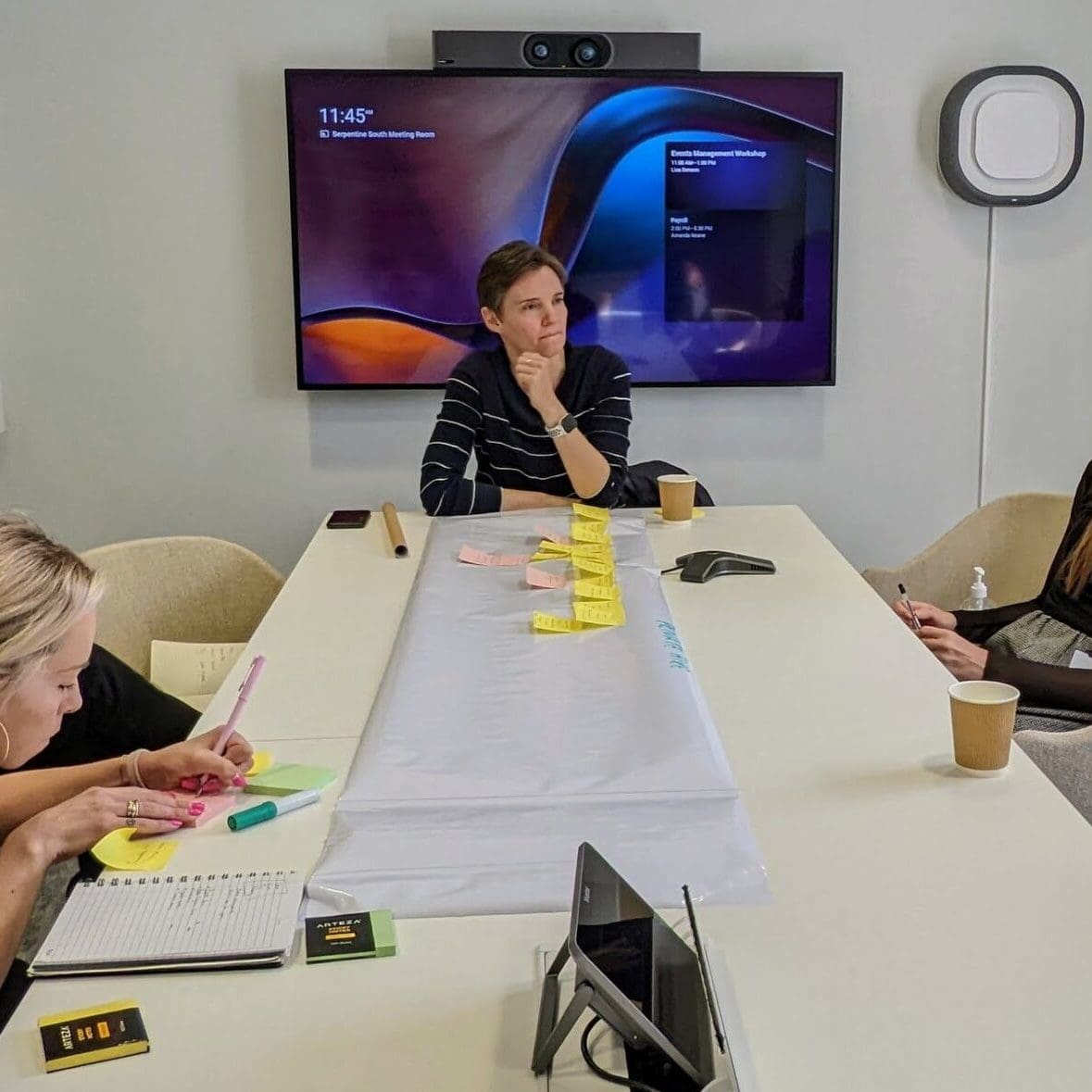Guy’s & St Thomas’ Charity – a Salesforce case study
In this blog series, I will be sharing some of Hyphen8’s non-profit customer stories to demonstrate the different approaches to Salesforce implementation. When it comes to the way in which Hyphen8 delivers projects, there is no such thing as one size fits all. There are a number of factors to take into account and one of these is the cultural values. This blog features a case study of Guy’s & St Thomas’ Charity with whom we have had the privilege to work since 2017.
Guy’s & St Thomas’ Charity has adopted the following 3 primary cultural values that influence everything they do.

In the context of planning their Salesforce solution, these values influenced both the way in which people were engaged and the approach that was taken. Let’s take a look at each of these in turn.
People
- Firstly, the senior management team supported the project from the start and has led by example
- There was a commitment to join requirements-scoping sessions and to make it clear that Salesforce was going to be the single source of data for reporting.
- Their CEO was one of the early adopters posting regularly on Chatter and re-enforcing the importance
- The Head of Finance and Operations has driven the project internally and as a senior manager has full authority to make decisions quickly without delays
- The whole team fully embraced change and rather than replicate current processes, they are open to understanding what has worked for other organisations to optimise the flexibility of the Salesforce platform
- When working with an external partner, trust is very important and there has been a mutual respect and positive chemistry throughout the project between the Guy’s team and the Hyphen8 team
Approach
It was agreed that rather than a ‘big bang’ approach where all functionality would be completed before go live, a phased approach would be better to:
- Demonstrate some quick wins such as the immediate reduction of data silos
- Give all teams the opportunity to start using out of the box CRM features
- To get users accustomed to the navigation to prepare them for the roll-out of new processes
- We carried out an initial DEFINE phase to carry out requirements scoping workshops – this allowed us to scope the bigger picture to provide an indication of budget required
- Management of the project was delegated to project board of senior people who meet every 2 weeks
- Each area of functionality to be configured and rolled out was prioritised, somewhat based on readiness of teams and somewhat based on the key operational processes that would add most value quickly
- There was a focus on the optimisation of internal self-sufficiency to avoid reliance on external parties. The solution was configured using declarative processes that can be maintained internally. Training sessions were scheduled throughout the project using a ‘train the trainer‘ approach
- Each of the new areas of functionality introduced go through a continuous development cycle to review reflect on what could be improved in the next phase of development

The Results
The introduction of Salesforce has allowed Guy’s & St Thomas’s to improve collaboration and increase the ability to deliver new programme initiatives. Managers able instantly and at any time to see the current position of their business units, rather than having to rely on static monthly reports produced days or weeks after the month end. All teams can easily and quickly analyse complex data and draw meaninful insights. The new online automated processes have greately improved the experience for funding applicants and external fundholders.
- Instant availability of information via dashboards (e.g. pipeline, fund balances, transactions) that would previously have had to be requested from the finance team with a turnaround of 1-2 days. Estimated time saving for finance team of around 30 person days per year
- Preparation for monthly business unit meetings reduced from half a day to around 30 minutes
- Preparation for fundholder meetings (previously around half a day) totally eliminated and replaced with a live view of data in Salesforce
- Meeting follow-up requests for additional information almost completely eliminated, saving approximately 30 minutes to 1 hour per meeting
- Life forecasting via dashboards and reports replaces manually produced monthly forecasts saving approximately 3 hours per month
- Reduction of 1 to 2 days in annual and mid-year budget setting process, with the added benefit of better quality data leading to more robust predictions
- Online expense claim process has eliminated manual processing of paper forms. Estimated time saving for operations team of around 3 days per month
If you are a nonprofit organisation considering Salesforce and would like to discuss the best approach for you, please get in touch at team@hyphen8.com






